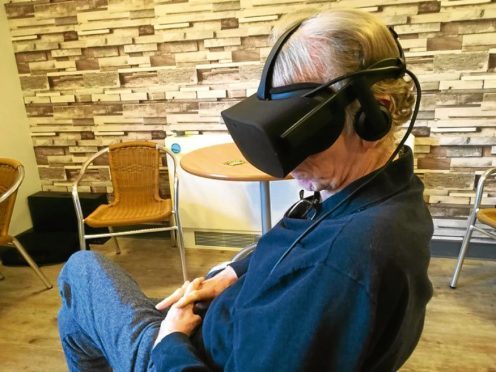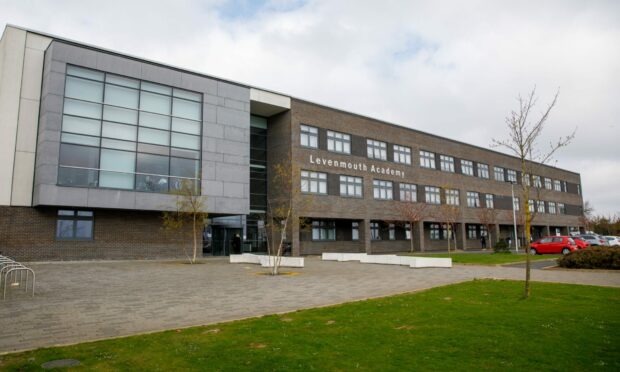What’s in a word?
Well, when it comes to our line of business, it seems that there’s a great deal.
The reason I bring this up is because a couple of our stories in recent months have sparked some interesting debate on social media, and each time they have described a person as “elderly”.
As a journalist, it’s often a word used as a quick hit to describe someone over a certain age. It might be the snappiest word to use in an introductory sentence, or perhaps it just seems to fit the bill as we bash out copy for your delectation.
But the recent furore over the E word has certainly stopped me in my tracks and has, at the very least, forced me to think again – and more carefully – over the crafted prose we produce on a daily basis.
Without going into too much detail, the two stories in question referred to Fifers who were 78-years-old and 72-years-old respectively and, on the face of it, I’d argue that elderly would be a fair description of those two individuals.
However, one of my former colleagues pointed out that she is nearing the (dare I say it?) grand old age of 70, and helpfully noted that if someone called her “elderly” then they would most probably be made to regret it. In a painful way.
The dictionary definition, for example, refers to someone ‘old or ageing’, while when one is referring to a machine the term elderly simply means ‘showing signs of age’.
In healthcare circles, care of the elderly was a widely used phrase referring to people aged 67 or older, while I’ve seen elderly used – rightly or wrongly – as an adjective to describe someone as soon as they’ve hit pension age.
Throw into the mix that the most recent figures put life expectancy in Fife at 77.6 for men and 81.2 for women, then that further muddies the waters.
A wee bit more research reveals that guides for journalists have been produced in the last few years which warn against using terms which discriminate against people of a certain age.
“While names and characterisations may vary, the message is the same: older men and women are incompetent and lack sufficiency,” the guide states.
Journalists are also advised: “If you need to identify individuals over the age of 50, ‘older adults’ is preferred over ‘senior’ and ‘elderly’, which can be discriminatory in nature.”
I’d like to gloss over all of this by saying that age is just a number. But clearly it’s not.
It’s obviously more important to some people than others and, while the adage “you are only as old as you think you are” might apply to many, for others seemingly throwaway terms like “elderly” could well hit a nerve.
The moral of the story: think before you speak/type and, when in doubt, just say ‘man’ or ‘woman’ and give a person’s age if relevant.
I’m just glad there aren’t any Fife “toddlers” out there with the wherewithal to complain when we describe them as such….










